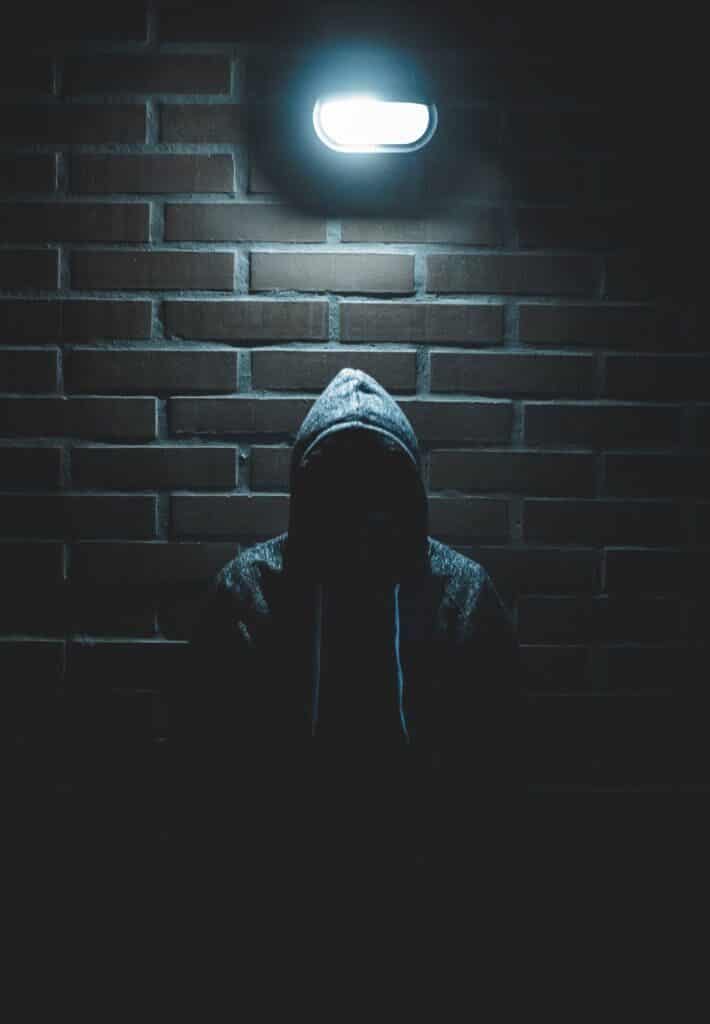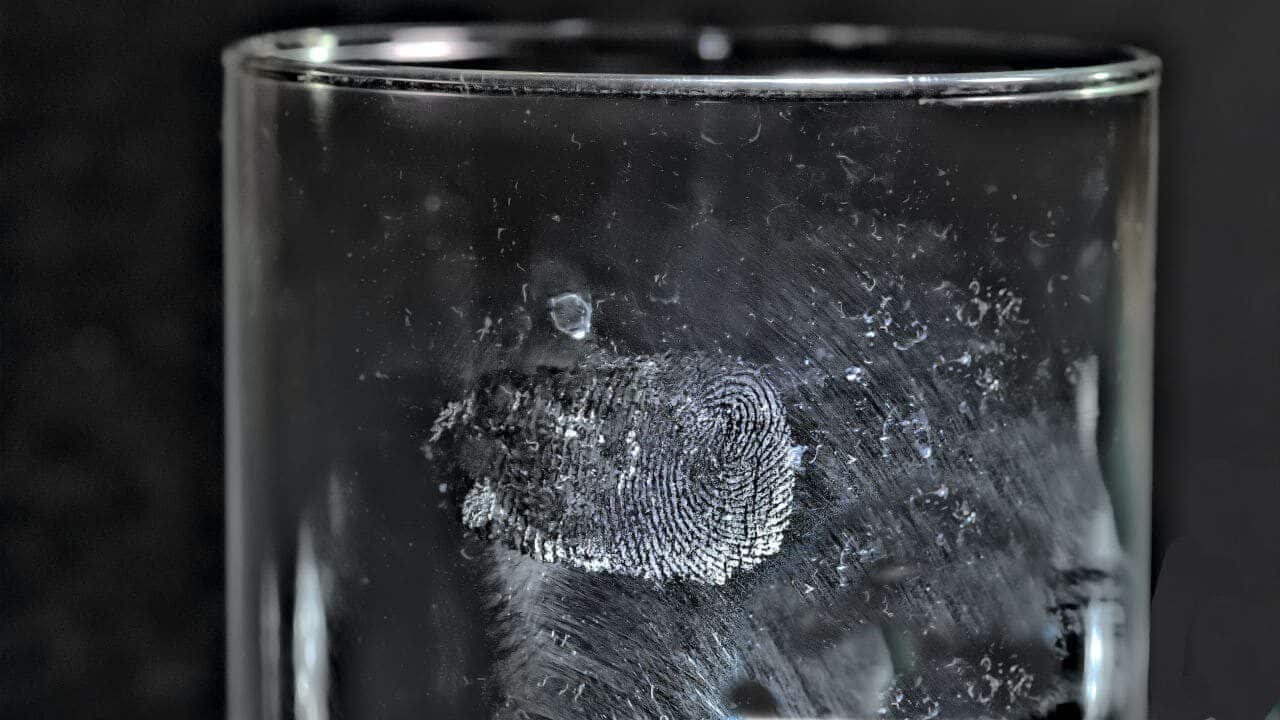If you have had the opportunity to sit through forensic movies like Dexter(2006), Bones (2005), or CSI (2000), then you must know the mind-shattering thrill and excitement that accompanies it. You go through the suspense each scene brings and the never-failing works of science that bring hidden facts to life. Certainly it is always such a delightful experience. Science is used in those movies to solve crimes and crack cases, and its use is not different in real-life circumstances.

Undoubtedly science has an impact on everything that surrounds us and has found its way into crime scene investigation. In the past, criminal investigations employ old-fashioned tricks, trial and error tactics. With science, there is a more predictable and reliable method of solving cases. Because science is reliable, it is much easier to depend on it. A guilty man is better unpunished than an innocent man to be found guilty of a crime he did not commit. Therefore in order to not implicate an innocent man, the evidence must prove the accused to be guilty of a crime. Forensic science has now provided the avenue to get cogent facts without error in investigating and solving criminal cases.
DNA analysis and Forensic Science
Forensic science has not always been rampant in criminal investigations. It is a new development that thankfully has caused development in the criminal justice system. An article published by the Science Museum Group explained that DNA analysis was first developed in 1984. It was developed by Dr. Alec Jefferys at the University of Leicester. Ever since then, there has been what could be called “massive development” in the field of forensic science. We are living the future of forensic science. We are still anticipating much more advancement in forensic science in investigating and solving criminal cases.
Here are the ways science helps in investigating and solving criminal cases:
By identifying suspects
There are always people suspected of committing the crime in every criminal investigation due to their closeness to the crime scene or possible reasons for criminal intent. For instance, just choosing the criminal by looking for possible reasons or nearness would be incomplete without the help of forensic science. With forensic science, pieces of evidence found on the crime scene or the victim can help pin down the criminal. There are always tiny bits of elements like hair, blood, semen, and a fingerprint that forensic scientists can check to discover the suspect and the criminal. Then these elements can be examined and matched against suspects to detect the person guilty of such offense.

In shedding more light on the physical pieces of evidence found on the crime scene
Shreds of evidence can be found at crime scenes. The victim’s body in the case of a crime that leads to death, hairs, semen in rape cases, blood, fingerprints, fibers, bullets, footprints, tire prints, and more. However, these pieces of evidence would not do much unless tested upon to find the DNA of the person that owns the hair, blood, semen, or the type of gun used. Then these shreds of evidence are then analyzed by forensic scientists and compared to the database of the suspects acquired. Surely with this, it’s easier to apprehend the criminal.
Crime Reconstruction
Reconstruction of a crime scene is one crucial way in which science has helped investigations. It is a process through which forensic scientists detect the sequence of events by recognizing patterns and interpreting actions that occurred before, during, and after the crime. They achieve clarity through physical, psychological evidence and other available resources.
Certainly, one significant way crime reconstruction is through the use of computer-generated animation. In an article by Jacob Ward, he talks about how forensic science meets computer animation in the courtroom in the case of Com. V Serge. Ward appreciates the role of the computer-generated animation. Clearly the animation showcased the crime scene reconstruction in giving multiple views of the shots that killed Jennifer Serge. According to him, “crime-scene reconstruction will never be the same.” For this reason it is essential to use computer-generated animation to give crime reconstruction evidence in court.
In providing psychological evidence
Psychological forensics deals with the mental aspect of a crime. These scientists study the evidence discovered at the crime scene and build up the profile of the person who committed the crime. The kind of weapon, the force used, the coordination of the criminal can be used to point to their personality. The information that will be provided by forensic psychology would include the possible sex, age, hobby, relationship status, and even the race of the criminal.
Conclusively, forensic science will help more in the future. However, we have to embrace its development.





